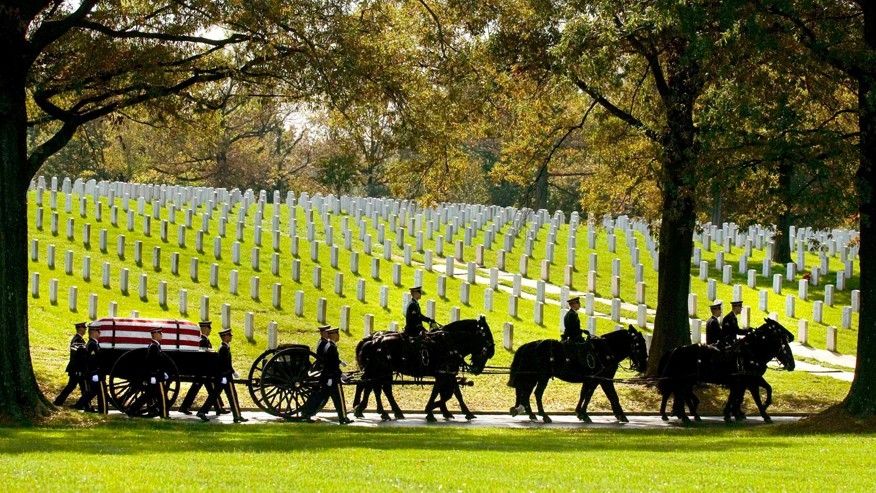Memorial Day

Memorial Day |

|

The History Of What Is Now Known As Memorial DayMemorial Day is an American holiday, observed on the last Monday of May, honoring the men and women who died while serving in the U.S. military. Originally known as Decoration Day, it originated in the years following the Civil War and became an official federal holiday in 1971. Many Americans observe Memorial Day by visiting cemeteries or memorials, holding family gatherings and participating in parades. Unofficially, it marks the beginning of the summer season. Early Observances of Memorial DayThe Civil War, which ended in the spring of 1865, claimed more lives than any conflict in U.S. history and required the establishment of the country's first national cemeteries. By the late 1860s, Americans in various towns and cities had begun holding springtime tributes to these countless fallen soldiers, decorating their graves with flowers and reciting prayers. Did you know? Each year on Memorial Day a national moment of remembrance takes place at 3:00 p.m. local time. It is unclear where exactly this tradition originated; numerous different communities may have independently initiated the memorial gatherings. Nevertheless, in 1966 the federal government declared Waterloo, New York, the official birthplace of Memorial Day. Waterloo, which first celebrated the day on May 5, 1866, was chosen because it hosted an annual, community-wide event, during which businesses closed and residents decorated the graves of soldiers with flowers and flags. Decoration DayOn May 5, 1868, General John A. Logan, leader of an organization for Northern Civil War veterans, called for a nationwide day of remembrance later that month. "The 30th of May, 1868, is designated for the purpose of strewing with flowers, or otherwise decorating the graves of comrades who died in defense of their country during the late rebellion, and whose bodies now lie in almost every city, village and hamlet churchyard in the land", he proclaimed. The date of Decoration Day, as he called it, was chosen because it wasn't the anniversary of any particular battle.
Memorial DayMemorial Day, as Decoration Day gradually came to be known, originally honored only those lost while fighting in the Civil War. But during World War I the United States found itself embroiled in another major conflict, and the holiday evolved to commemorate American military personnel who died in all wars. For decades, Memorial Day continued to be observed on May 30, the date Logan had selected for the first Decoration Day. But in 1968 Congress passed the Uniform Monday Holiday Act, which established Memorial Day as the last Monday in May in order to create a three-day weekend for federal employees; the change went into effect in 1971. The same law also declared Memorial Day a federal holiday. Memorial Day TraditionsCities and towns across the United States host Memorial Day parades each year, often incorporating military personnel and members of veterans' organizations. Some of the largest parades take place in Chicago, New York and Washington, D.C. Americans also observe Memorial Day by visiting cemeteries and memorials. Some people wear a red poppy in remembrance of those fallen in war, a tradition that began with a World War I poem. On a less somber note, many people take weekend trips or throw parties and barbecues on the holiday, perhaps because it unofficially marks the beginning of summer.
|
In Flanders Fieldsby John McCrae, May 1915
In Flanders fields the poppies blow |
Lieutenant Alexis Helmer, 1st Brigade Canadian Field Artillery. Inspiration for "In Flanders Fields"During the early days of the Second Battle of Ypres, a young Canadian artillery officer, Lieutenant Alexis Helmer, was killed on May 2, 1915 in the gun positions near Ypres. An exploding German artillery shell landed near him. He was serving in the same Canadian artillery unit as a friend of his, the Canadian military doctor and artillery commander Major John McCrae. As the brigade doctor, John McCrae was asked to conduct the burial service for Alexis Helmer because the chaplain had been called away somewhere else on duty that evening. It is believed that later that evening, after the burial, John began the draft for his now famous poem "In Flanders Fields".
|
Home
Idea Gallery
Project Gallery
Products
FAQs
Partners
Feedback
Offers
Contact
Past Home Page Content